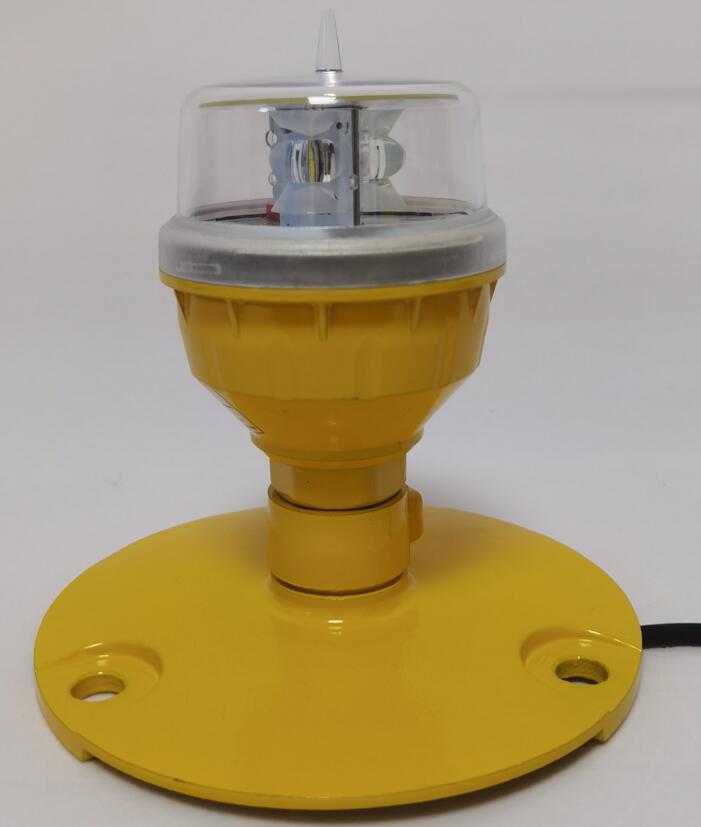Essential FAA Heliport Lighting Requirements for Safe Night Operations
Heliports serve as critical hubs for emergency medical services, law enforcement, and commercial aviation. To ensure safe operations, especially at night or in low-visibility conditions, the Federal Aviation Administration (FAA) has established stringent lighting requirements. These standards enhance visibility, guide pilots during approach and departure, and minimize the risk of accidents. This article explores the essential FAA heliport lighting requirements, covering design, placement, and operational considerations.
1. Fundamental Lighting Components
FAA heliport lighting systems must include several key components to ensure safe landings and takeoffs. These elements are designed to provide clear visual cues to pilots in various weather conditions.
A. Perimeter Lighting
Perimeter lights outline the heliport’s landing area, helping pilots identify its boundaries. The FAA mandates that these lights be:
Omnidirectional: Emitting light in all directions for maximum visibility.

Uniformly Spaced: Placed no more than 25 feet apart for small heliports and adjusted based on size.
Aviation White or Green: Typically, white lights are used for ground-level heliports, while green may be used for elevated structures.
B. Touchdown and Position Lights (TDLs)
Touchdown and position lights mark the intended landing spot. These lights must:
| faa heliport lighting requirements |
Be arranged in a square or rectangular pattern.
Use yellow or white lights for clear contrast with perimeter lighting.
Be spaced appropriately to define the landing zone (usually 15-25 feet apart).
C. Floodlighting
Floodlights illuminate the heliport surface to enhance visibility for pilots and ground personnel. The FAA requires:
Glare Control: Lights should be angled to avoid blinding pilots.
| faa heliport lighting requirement |
Uniform Illumination: The entire landing area should be evenly lit without dark spots.
2. Approach and Departure Path Lighting
Safe navigation during approach and departure relies on proper path lighting. The FAA specifies:
A. Approach Lighting Systems (ALS)
For heliports serving instrument flight rules (IFR) operations, ALS provides visual guidance. Key features include:
Flashing or Steady White Lights: Leading the pilot to the heliport.
Alignment with Flight Path: Lights must be positioned along the primary approach direction.
B. Hazard Beacon
A red rotating beacon may be required for heliports near obstructions or in high-traffic areas. This beacon warns pilots of potential hazards.
3. Wind Direction Indicators
While not strictly lighting, wind cones must be illuminated at night. The FAA requires:
Internal or External Lighting: Ensuring visibility from all angles.
Contrast with Background: Avoid using colors that blend with surrounding lights.
4. Emergency and Backup Lighting
Heliports must have contingency measures for power failures. The FAA mandates:
Battery-Powered Backup Lights: Capable of operating for at least 30 minutes.
Automatic Activation: Backup systems should engage immediately during power loss.
5. Specialized Heliport Lighting Considerations
A. Hospital Heliports
Hospital heliports often operate 24/7 and require enhanced lighting, including:
High-Intensity Lights: For quick identification in urban areas.
Blue Emergency Lighting: To distinguish medical landing zones.
B. Offshore and Elevated Heliports
These heliports face unique challenges, such as saltwater corrosion and limited space. Lighting must be:
Corrosion-Resistant: Using marine-grade materials.
Elevated Mounting: To prevent wave interference.
6. Compliance and Maintenance
The FAA requires regular inspections to ensure lighting systems remain operational. Key maintenance practices include:
Monthly Functional Checks: Verifying all lights are working.
Lens Cleaning: Removing dirt, snow, or debris that may reduce visibility.
Documentation: Keeping logs of inspections and repairs.
FAA heliport lighting requirements are designed to maximize safety during night and low-visibility operations. By adhering to perimeter, touchdown, approach, and emergency lighting standards, heliport operators can ensure reliable navigation for pilots. Regular maintenance and compliance with FAA guidelines further enhance operational safety, making heliports dependable hubs for critical aviation activities.
Essential FAA Heliport Lighting Requirements, understanding these requirements is essential for heliport designers, operators, and aviation professionals to maintain the highest safety standards in helicopter operations.
